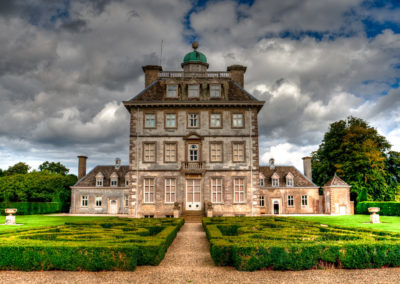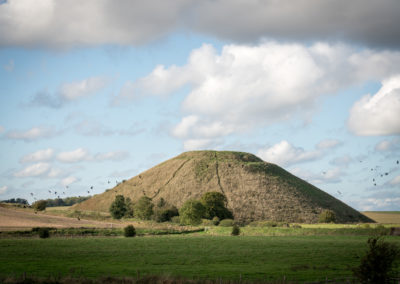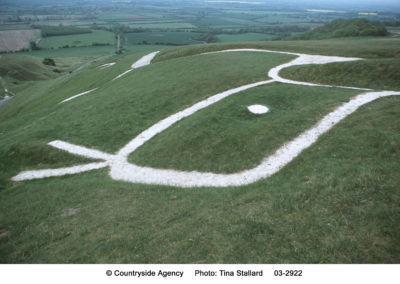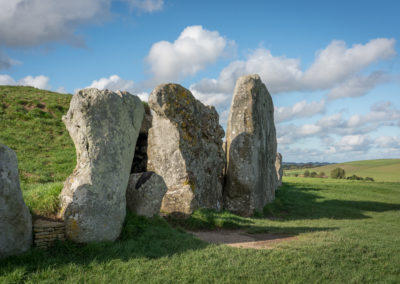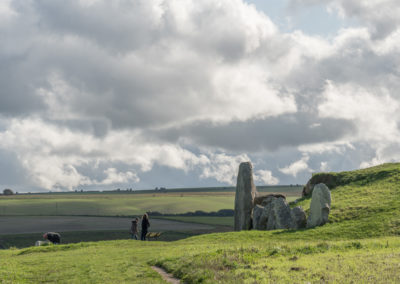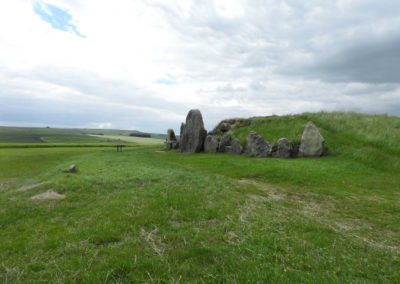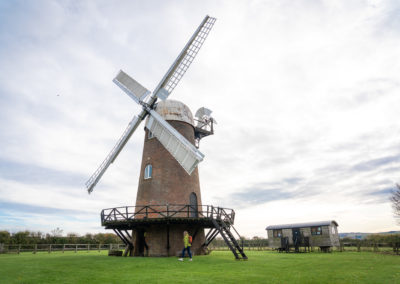The North Wessex Downs is an ancient landscape made by people. Evidence of human influence on the area extends back at least 5,000 years when the long barrows at Avebury were constructed.
This cultural heritage makes a powerful and fundamental contribution to the present-day landscape and to our own lives.
In the 3,000 years since the Uffington White Horse was carved, the landscape of the North Wessex Downs has constantly evolved to serve the changing needs of the successive generations of the people who have lived and worked here. What we see today is a rich and many-layered patchwork of features that record different stages in its evolution. Together they contribute an irreplaceable sense of time and personality to the present-day scene. Past human influence is etched in every facet of the landscape – in the shape of fields and woods, the alignment of tracks and lanes, the form and texture of villages and hamlets.
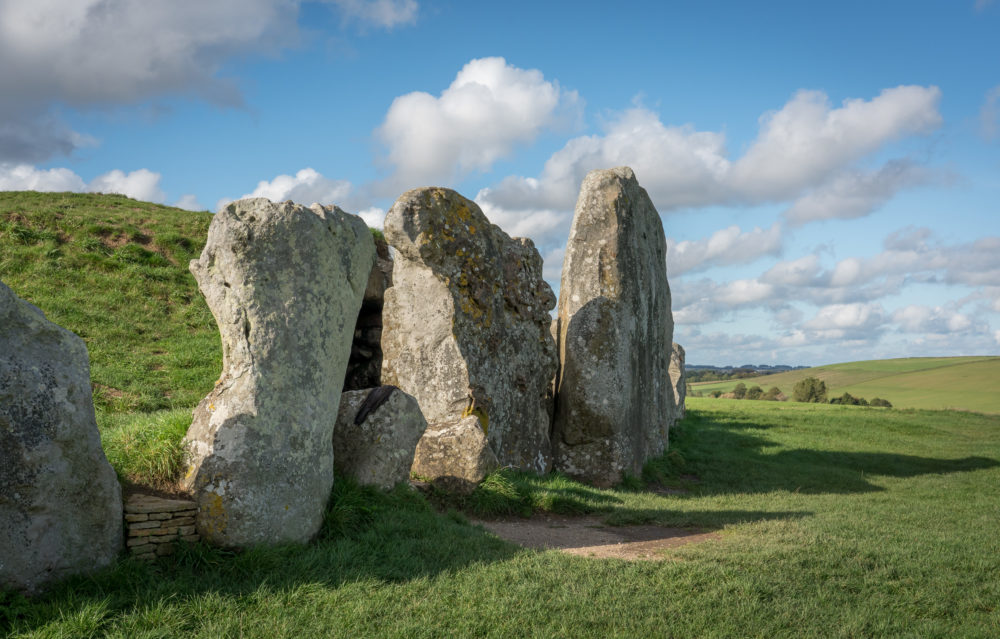
A wide range of features of differing scale, visibility and significance make up the historic environment. Many of the area’s archaeological sites have national or even international recognition.
The landscape that includes the complex of Neolithic and Early Bronze Age monuments around Avebury is of such global significance that it has been inscribed by UNESCO as a World Heritage Site. In total, there are 479 Scheduled Monuments in the North Wessex Downs AONB – one of the densest concentrations in the country.
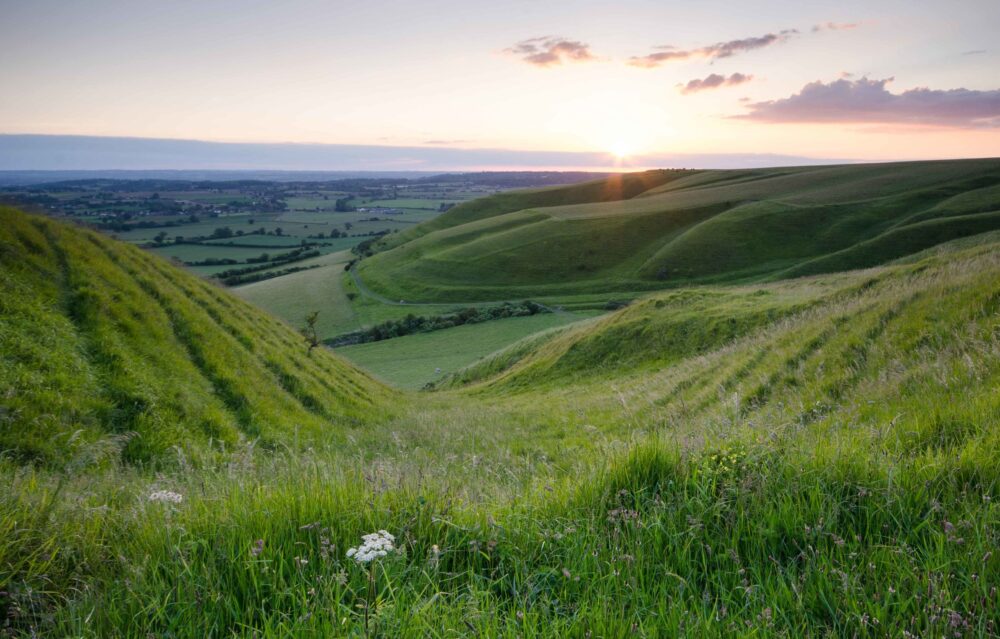
One Registered Battlefield is included within the AONB: Roundway Down, near Devizes.
This site was the location of a major encounter fought in July 1643 when a Parliamentarian army was heavily defeated by a significantly smaller Royalist force.
Key qualities of the North Wessex Downs historic environment:
- Neolithic and Bronze Age ritual and funerary monuments including Knap Hill and Windmill Hill causewayed enclosures; West Kennet and Wayland’s Smithy chambered tombs; Silbury Hill; Avebury stone circle and its surrounding ceremonial landscape; Bronze Age round barrows including the Seven Sisters and Seven Barrows groups.
- Iron Age, Roman and post-Roman defences and settlements, including Oldbury, Barbury and Uffington Castles; Littlecote villa and the Roman road through Savernake Forest; Fyfield and Overton Down field systems; the Wansdyke and Grim’s Ditch linear earthworks.
- Mediaeval and post-mediaeval settlements and buildings, including castle earthworks, tithe barns, parish churches, and the layouts and historic buildings of Marlborough, Hungerford and many smaller villages.
- Country houses and landscaped parks and gardens such as at Basildon Park, Highclere Castle and Savernake Forest, many of which originated as mediaeval deer parks.
- Post-mediaeval buildings and infrastructure including the Kennet and Avon Canal; extant and former railway lines and tunnels; watermills, windmills and pumping stations; First and Second World War airfields, pillboxes, ammunition dumps and practice trenches.
Websites:
- Written in the Land http://www.historicnorthwessexdowns.org.uk/
- Stonehenge and Avebury World Heritage Site http://www.stonehengeandaveburywhs.org/
Further resources
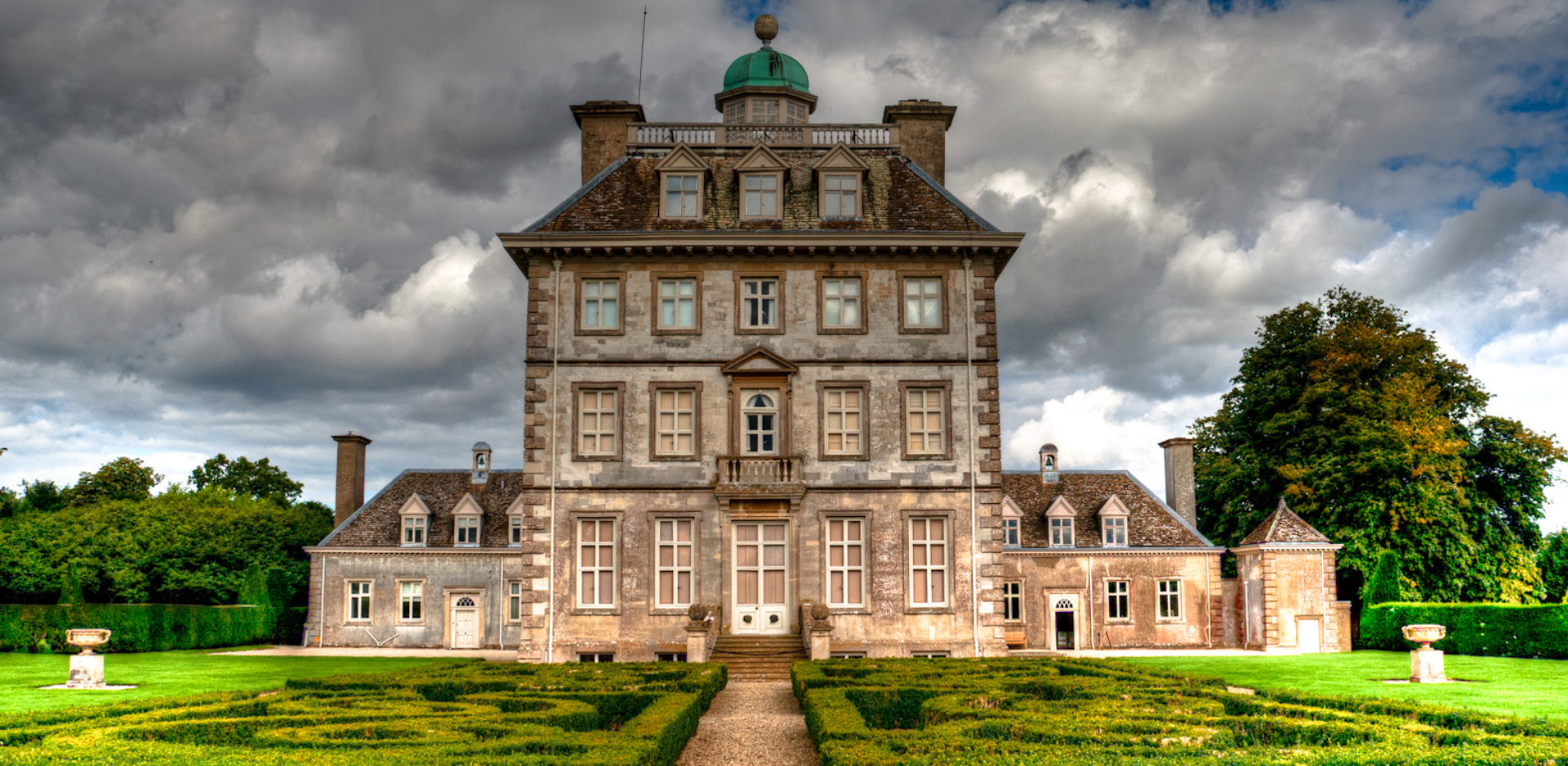
Ashdown House, Peter Orr
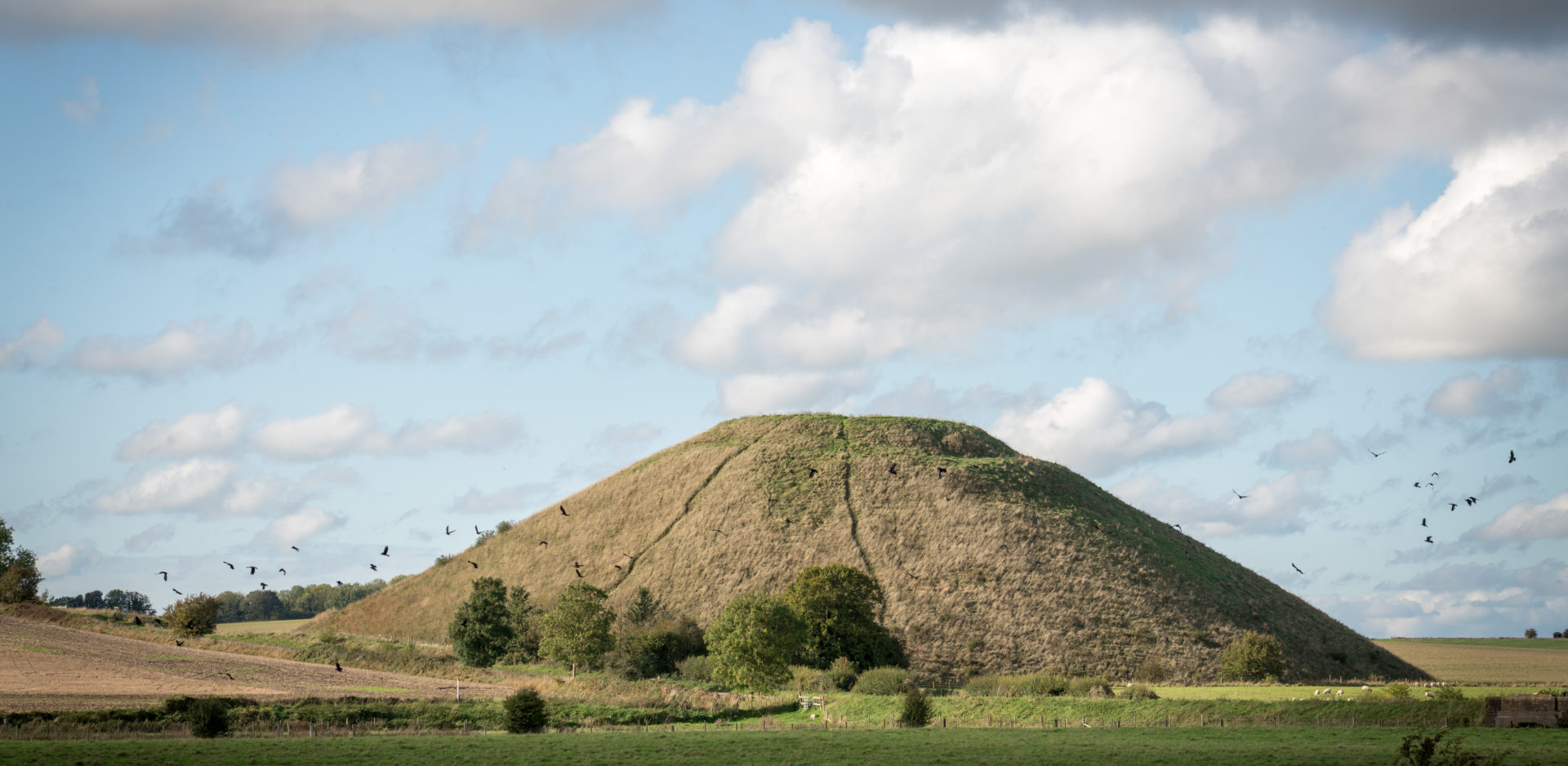
Silbury Hill credit GreatWestway.co.uk
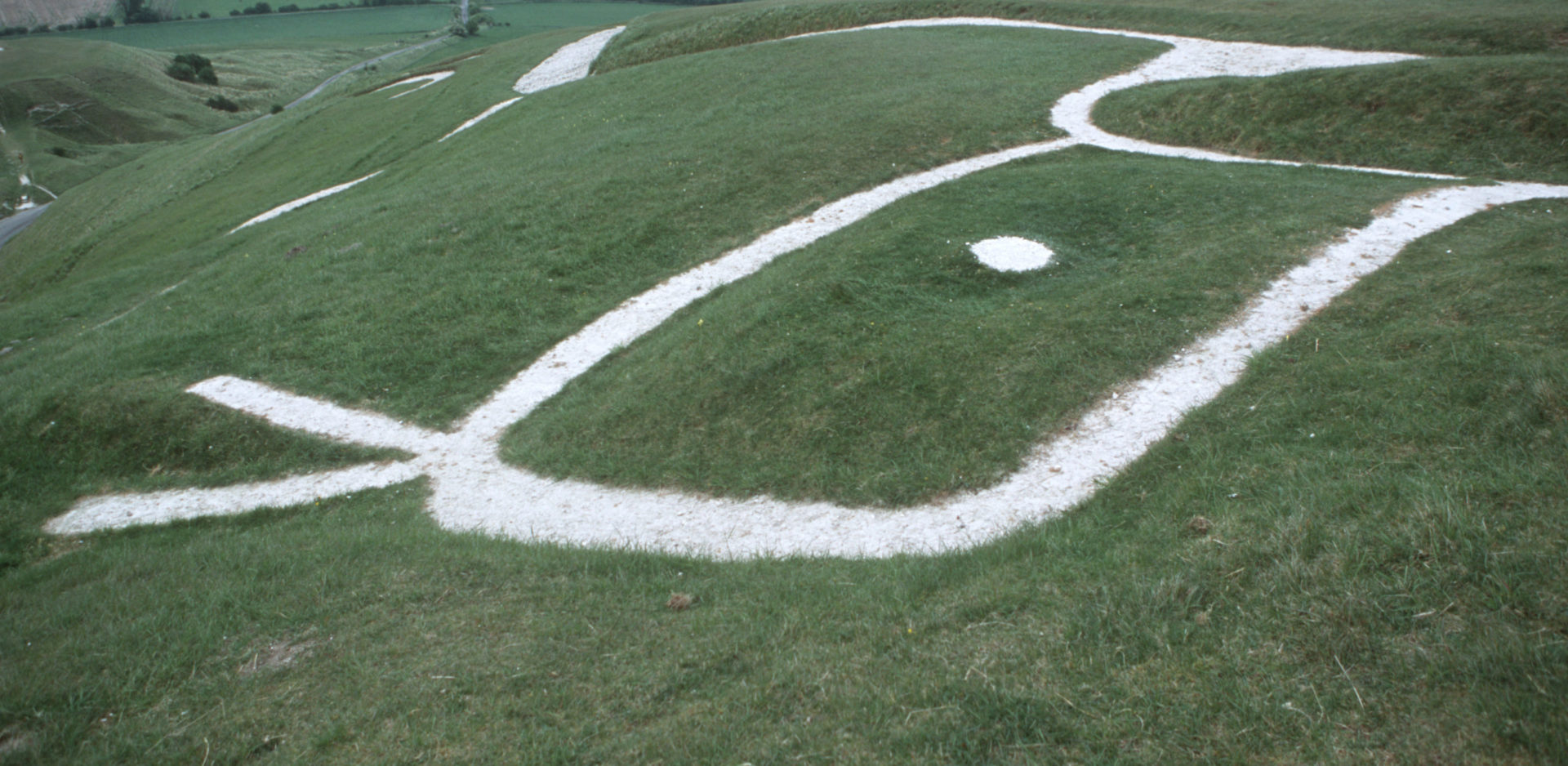
Uffington White Horse - credit Tina Stallard
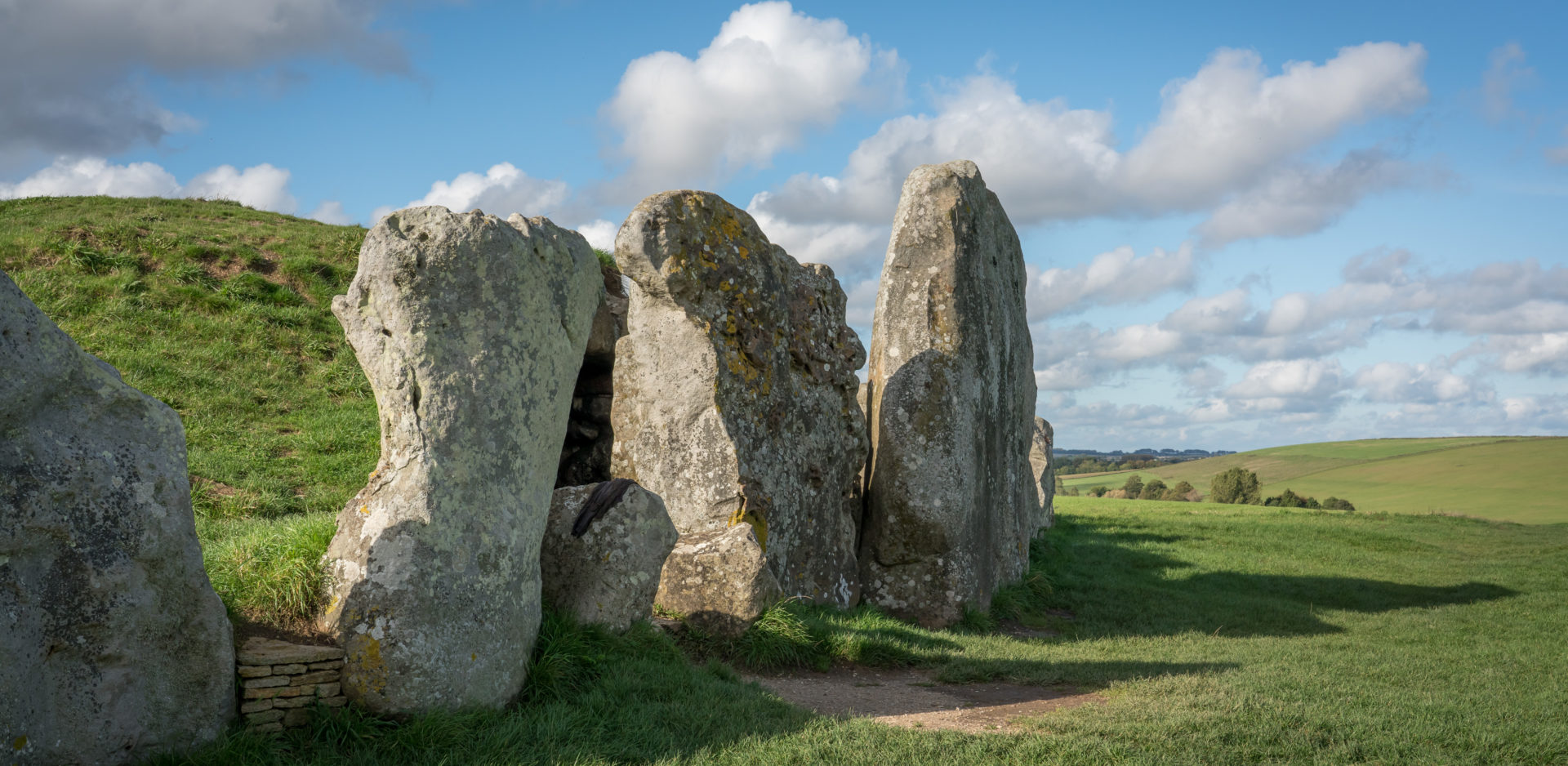
West Kennet long barrow 2 credit GreatWestway.co.uk
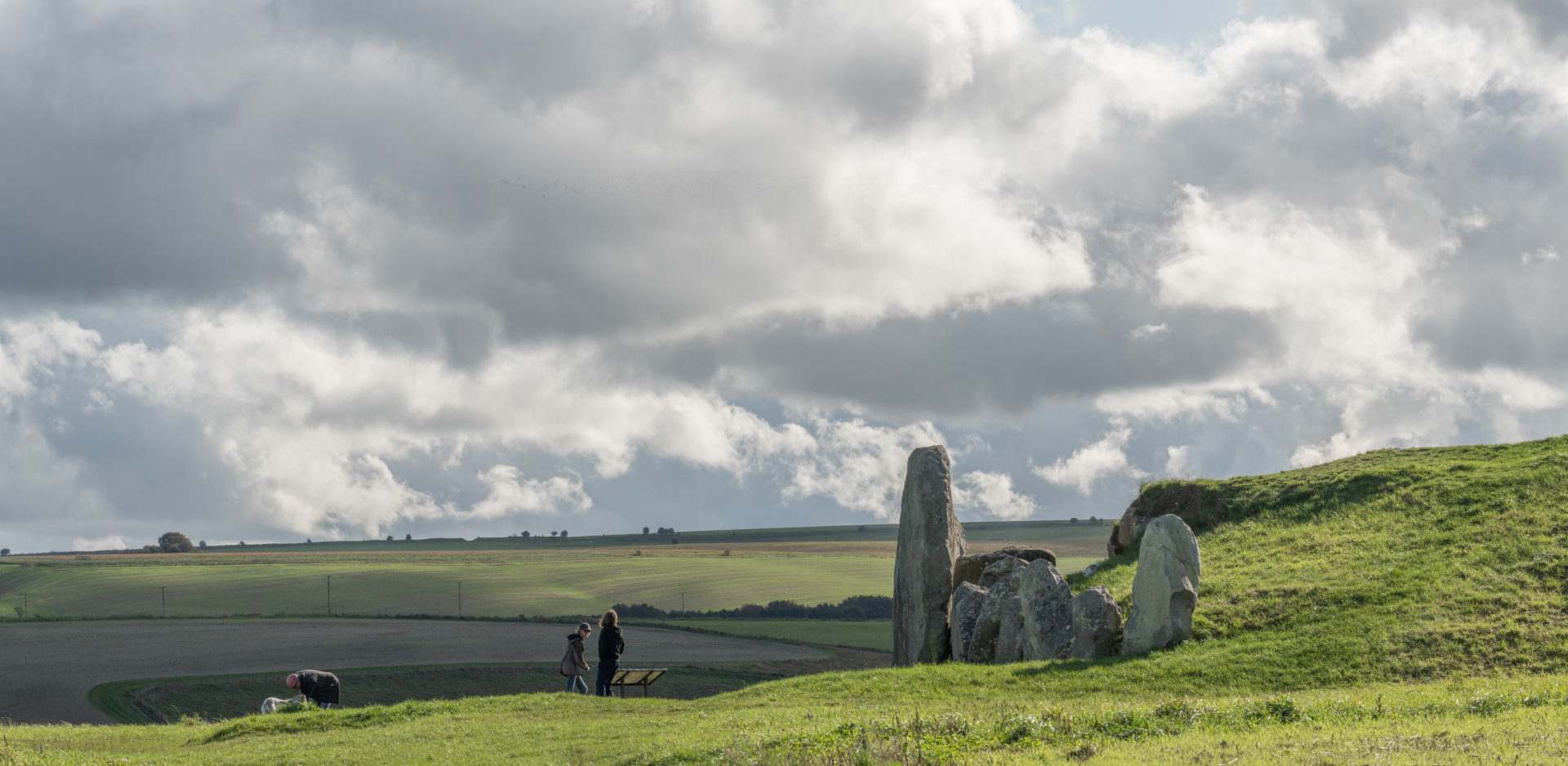
West Kennet Long Barrow credit GreatWestWay.co.uk
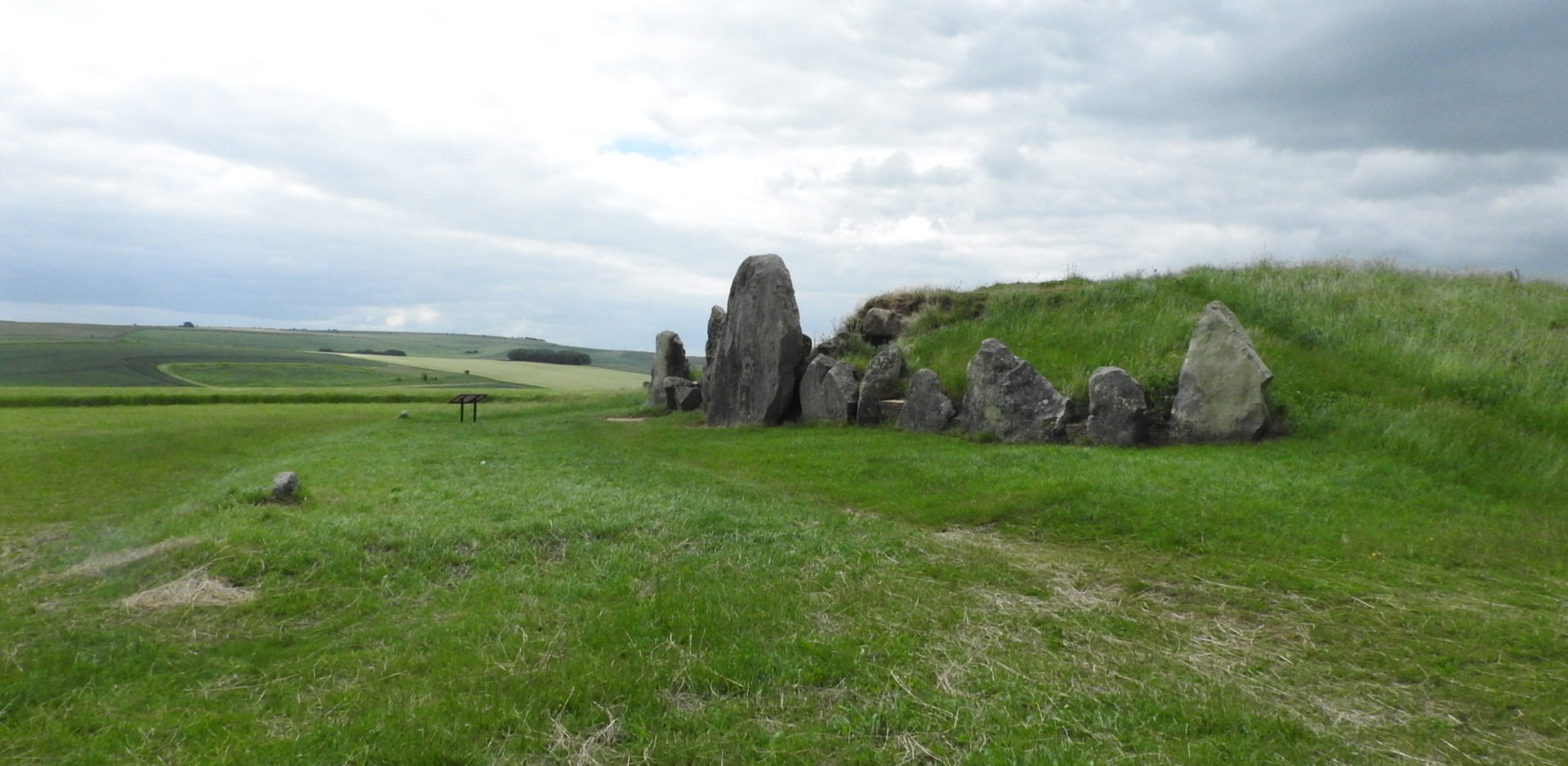
West Kennet
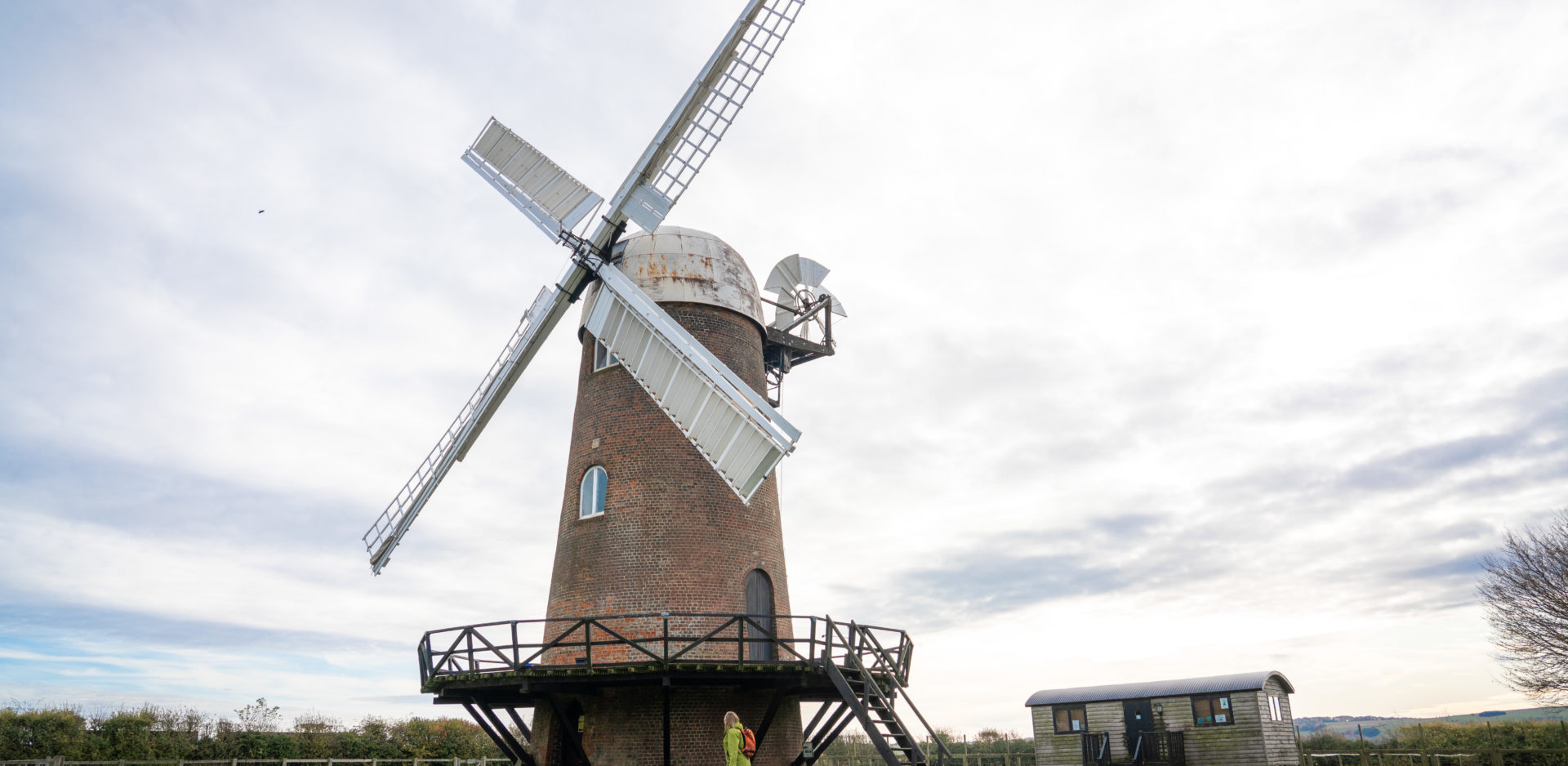
Wilton Windmill credit GreatWestWay.co.uk
